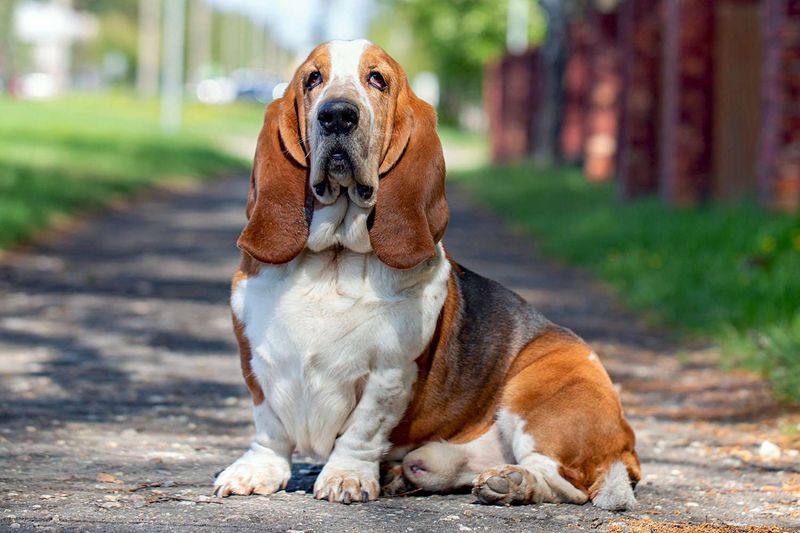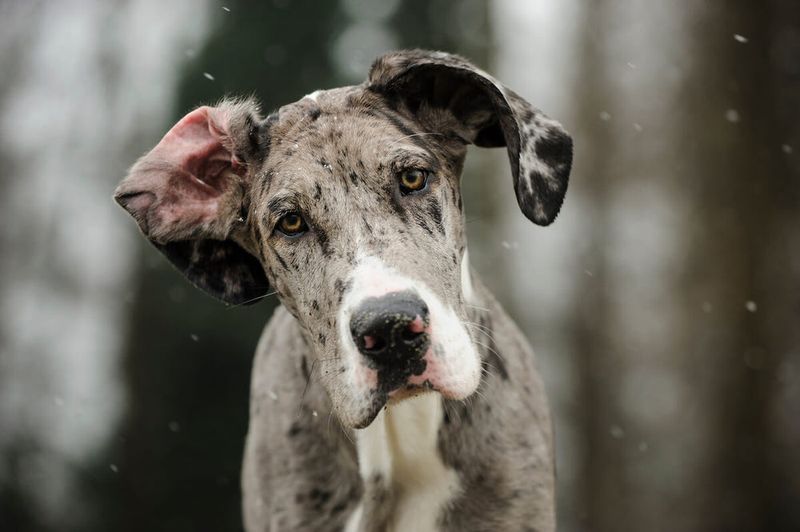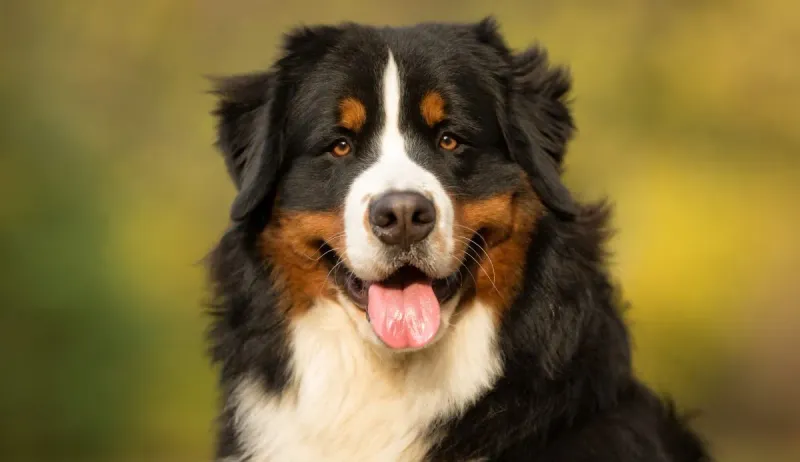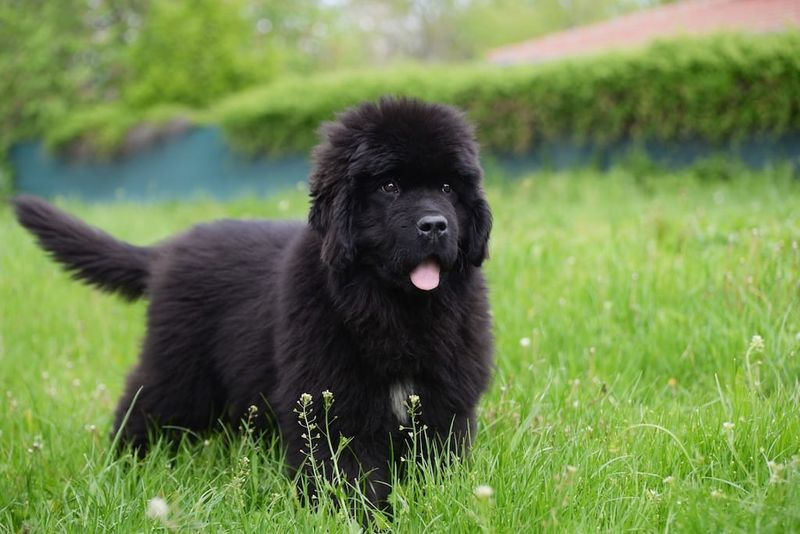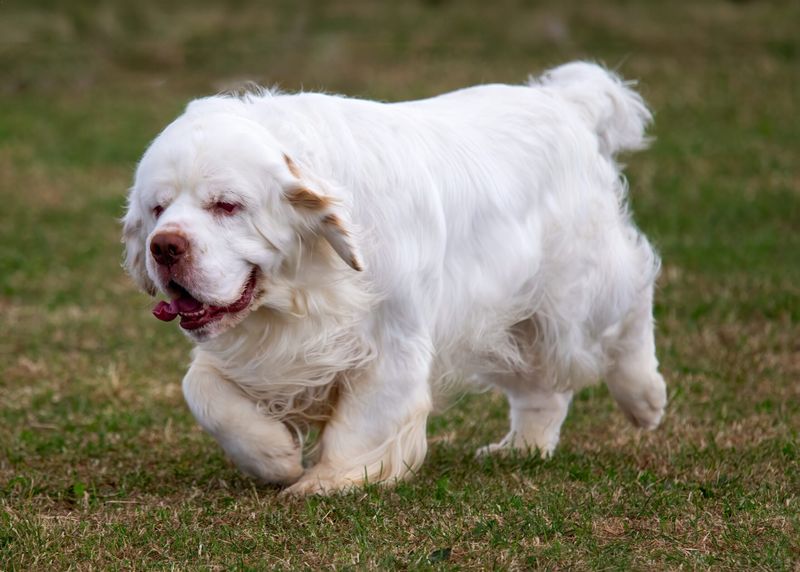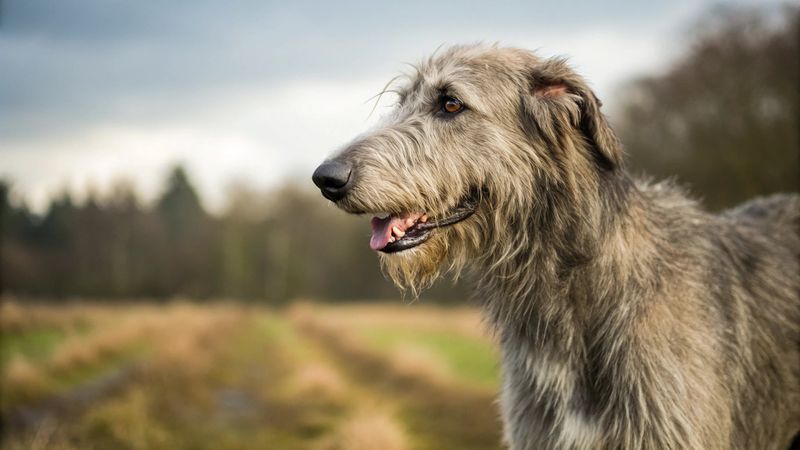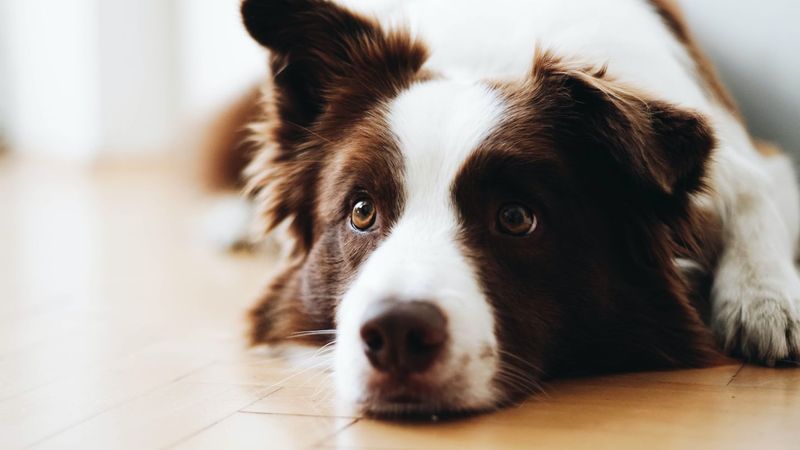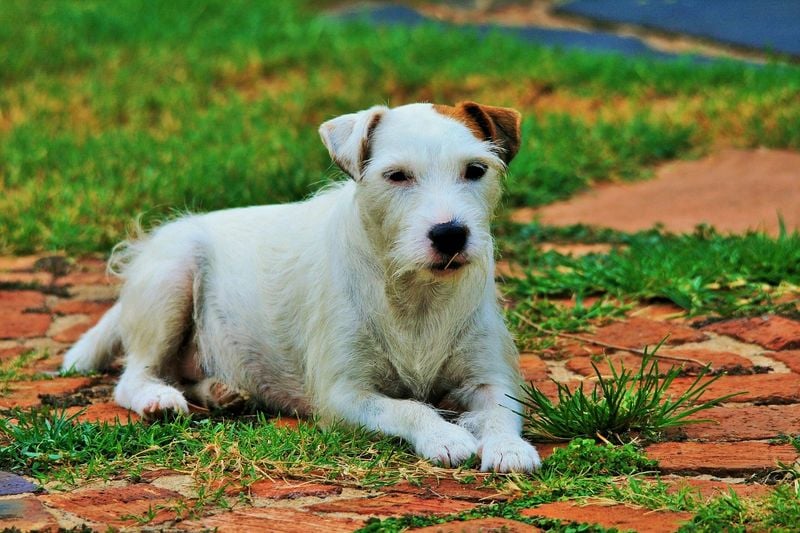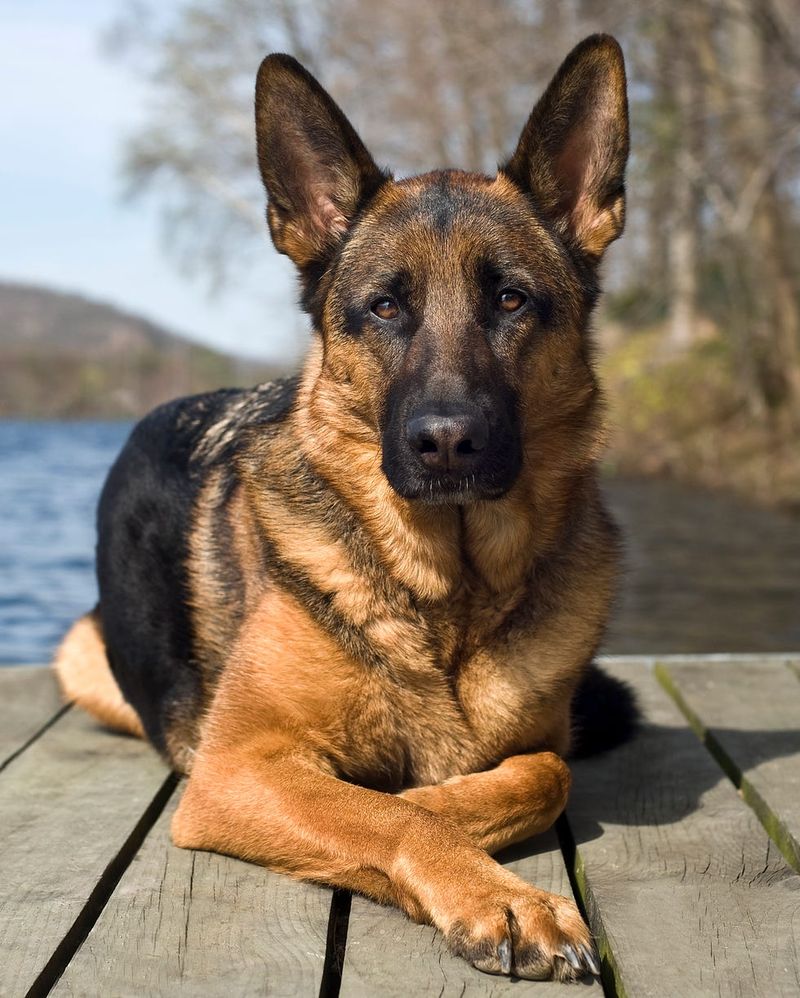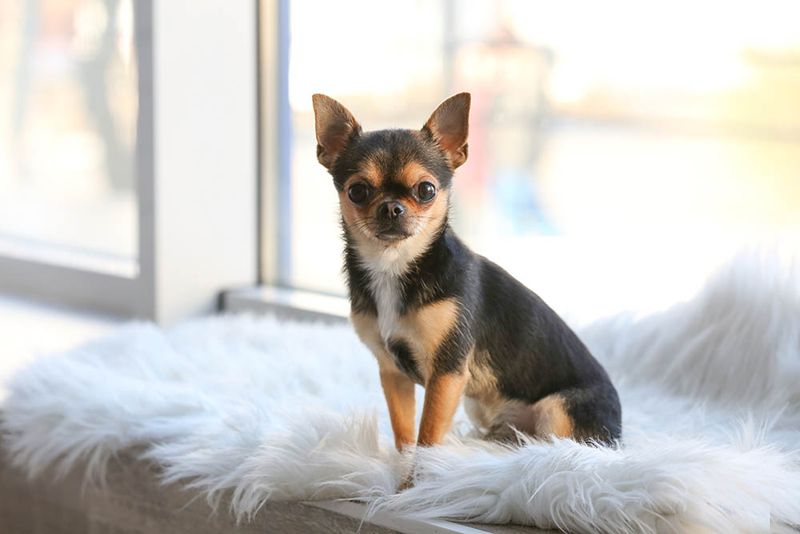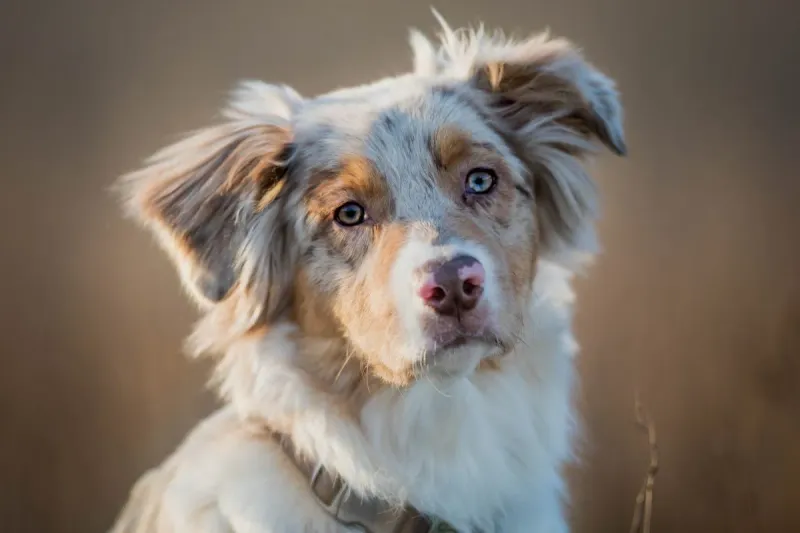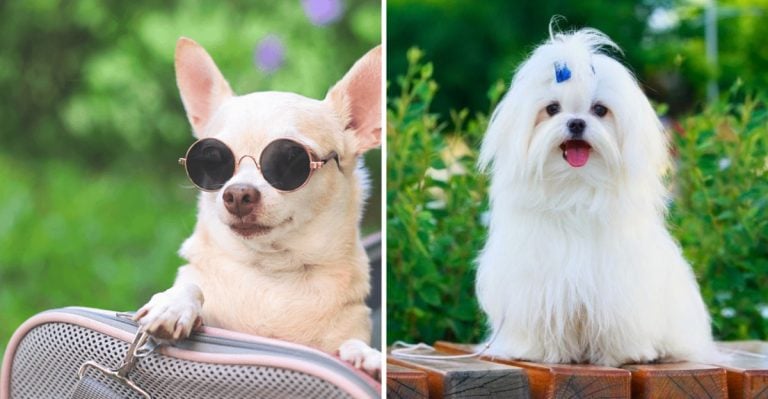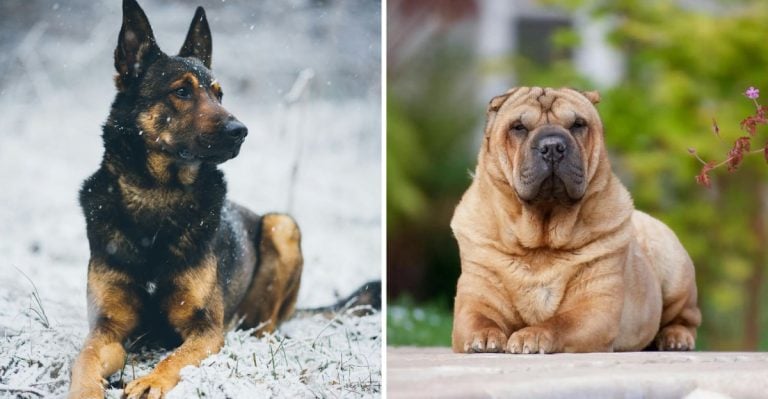10 Dog Breeds That Stay Chill No Matter What — And 5 That Stress Out Fast
Dogs come in all shapes, sizes, and personalities. Some pups remain cool as cucumbers even when thunder crashes or strangers visit, while others get worked up over the smallest changes in routine.
Understanding which breeds tend to stay relaxed and which ones are more prone to anxiety can help you choose the perfect four-legged friend for your lifestyle.
Whether you live in a busy household or need a steady companion for adventures, knowing a dog’s natural temperament makes all the difference.
1. Cavalier King Charles Spaniel: Royally Relaxed Companions
Bred for royal laps and palace living, these elegant spaniels bring their aristocratic calm to modern homes. Their soulful eyes don’t just melt hearts—they reflect an inner tranquility that’s hard to rattle.
Even when the household gets chaotic, Cavaliers maintain their composure. They adapt beautifully to apartment living or country estates alike, taking both noisy children and quiet afternoons in stride.
Their adaptable nature makes them excellent therapy dogs, bringing peace to nursing homes and hospitals. While they enjoy playtime, they’re equally content snuggling beside you during a movie marathon—no drama, just devotion.
2. Basset Hound: Low-Riding, High-Tolerance Hounds
Those droopy eyes and long ears aren’t just for show—they belong to one of the most unflappable breeds around. Basset Hounds approach life with a philosopher’s patience, rarely getting worked up about anything.
Originally bred to track rabbits slowly and steadily, they bring that same unhurried attitude to family life. Loud noises, unexpected guests, or chaotic households? Your Basset will likely yawn and find a sunbeam for a nap.
Their easygoing attitude makes them excellent companions for first-time dog owners. Just be prepared for their stubborn streak—it’s not anxiety, just a deep commitment to doing things on their own relaxed timeline.
3. Great Dane: Gentle Giants With Steady Nerves
Don’t let their massive size fool you—Great Danes are the definition of gentle giants. These towering pups carry themselves with dignified composure that smaller breeds often lack. Their confidence comes from centuries of breeding as noble companions rather than high-strung working dogs.
Great Danes rarely bark without good reason, preferring to observe situations with quiet attention. When guests arrive, they’re more likely to offer a calm greeting than an excited jumble of nerves.
Despite their intimidating appearance, they’re famously patient with children and other pets. Their motto seems to be: why get worked up when you can be majestic instead?
4. Bernese Mountain Dog: Mountain-Steady Temperaments
Hailing from the Swiss Alps, Bernese Mountain Dogs bring the steady reliability of mountain living to family homes. Their tri-colored coats hide hearts that remain unshaken by life’s little disturbances.
Farm life taught these working dogs to take everything in stride—from thunderstorms to unfamiliar animals. They assess situations thoughtfully rather than reacting with panic or aggression. Children can climb all over them, guests can fill the house, and Berners maintain their trademark peaceful demeanor.
Their patience seems limitless, though they do appreciate routine. A Bernese might look concerned if dinner is late, but they’ll express it with a gentle paw or soulful glance—never with anxiety or stress behaviors.
5. Greyhound: Sprinters With Surprising Serenity
Paradoxically, the world’s fastest dog breed spends most of its time in slow motion. Greyhounds are famous for their 45-mph bursts on the track, but owners know them as professional couch potatoes with zen-like calm.
Their racing background taught them to conserve energy between sprints. At home, this translates to hours of peaceful lounging, completely unfazed by doorbell rings or street noise. Many owners call them “40-mph couch potatoes” for good reason.
Contrary to what their athletic build suggests, adult Greyhounds need surprisingly little exercise to stay content. Their gentle, undemanding nature makes them excellent apartment dwellers, despite their size—proving that inner peace doesn’t require constant activity.
6. Newfoundland: Water-Loving Worry-Free Companions
Born with webbed feet and a waterproof coat, Newfoundlands bring the same steady reliability to family life that made them legendary ship rescuers. Their massive frames house equally massive hearts that remain steady through chaos.
Famous for their natural babysitting abilities, “Newfies” monitor children with patient vigilance rather than nervous hovering. Their temperament is so famously sweet that J.M. Barrie chose a Newfoundland as the nursemaid dog (Nana) in Peter Pan.
Even when soaking wet—which they often are, given their love of water—these gentle giants maintain their dignity and calm. Their motto seems to be: big situations call for big patience, not big reactions.
7. Clumber Spaniel: The Royal Family’s Secret Stress-Buster
Among the rarest and most laid-back of spaniels, Clumbers move through life at their own deliberate pace. Developed on the Duke of Newcastle’s estate at Clumber Park, these dogs were bred specifically for their unflappable nature during hunts.
Unlike their more excitable spaniel cousins, Clumbers approach new situations with thoughtful consideration rather than nervous energy. Their heavy-lidded eyes and substantial bodies give away their philosophy: why hurry when you can saunter?
Royal families have treasured them for generations precisely because they remain composed in even the most formal settings. Their quiet confidence makes them excellent therapy dogs, bringing calm where it’s needed most without demanding attention.
8. Shih Tzu: Little Lions With Zen-Like Patience
“Little lion dogs” from ancient Chinese palaces, Shih Tzus were bred specifically to be royal companions with steady temperaments. Centuries later, they still carry themselves with imperial calm that larger breeds might envy.
Their adaptability makes them perfect for any living situation. Apartment? Fine. Busy family? No problem. Their confidence comes from generations of being valued simply for their presence, not for performing tasks.
Unlike many small breeds, Shih Tzus rarely develop “small dog syndrome” or nervous barking habits. They’ll happily greet visitors with dignified curiosity rather than frantic excitement. Their resilience in new situations makes them excellent travel companions—ready for adventure but never overwhelmed by it.
9. Bulldog: Unshakeable Block-Headed Buddies
With their tank-like build and permanent poker face, Bulldogs approach life with a philosopher’s detachment that few can match. Their wrinkled faces might look worried, but inside beats the heart of a supremely confident dog.
Originally bred for bull-baiting (hence the name), modern Bulldogs have transformed into peaceful companions who’d rather nap than fight. Their energy comes in short bursts, followed by lengthy periods of contented snoring.
City noises, thunderstorms, or household chaos rarely disturb their inner peace. While they form strong bonds with family members, they’re not clingy or demanding. Their independence combines with natural confidence to create a dog that stays remarkably level-headed in almost any situation.
10. Irish Wolfhound: Towering Tranquility On Four Legs
Standing nearly three feet tall at the shoulder, Irish Wolfhounds could intimidate with size alone—but they choose gentle dignity instead. Ancient Celts valued these dogs for their courage in battle, yet modern Wolfhounds are known for their remarkably serene temperaments.
Their quiet confidence makes them unusually calm for their massive size. They rarely bark without good reason and approach new situations with thoughtful reserve rather than fear or aggression.
Despite their hunting heritage, they’re surprisingly gentle with smaller creatures. Their motto seems to be: when you’re the biggest dog in the room, you have nothing to prove. This natural nobility translates to an almost supernatural patience with children, visitors, and life’s little disruptions.
While those 10 make great low-key companions, the next 5 may need a bit more patience and understanding.
1. Border Collie: Brilliant Minds That Never Rest
Border Collies pack more intelligence and energy into their medium-sized frames than almost any other breed. Their legendary problem-solving abilities come with a catch: minds this brilliant need constant challenges or they create their own entertainment—often destructively.
Without sufficient mental and physical exercise, these herding masters quickly develop anxiety behaviors. Pacing, excessive barking, and obsessive habits emerge when they lack proper outlets for their working drive.
A bored Border Collie can unravel faster than a cheap sweater. Their intensity makes them responsive to the slightest environmental changes, often reacting with hypersensitivity to sounds, movements, or schedule disruptions that other dogs might ignore. Their motto could be: idle paws are a Border Collie’s workshop for mischief.
2. Jack Russell Terrier: Perpetual Motion Machines
Compact but explosive, Jack Russells pack the energy of dogs three times their size into vibrant little packages. Originally bred to bolt foxes from their dens, these terriers approach everyday life with the same intensity they once brought to the hunt.
Their high-strung nature makes them quick to react—and sometimes overreact—to environmental changes. Doorbells, squirrels outside windows, or even slight schedule changes can send them into a frenzy of barking and bouncing.
Without proper outlets for their considerable energy, Jack Russells develop stress behaviors rapidly. Their active minds need constant engagement through training, play, or work. Many owners find themselves exhausted while their Jack Russell is still raring to go after hours of activity.
3. German Shepherd: Vigilant Protectors Who Take Their Jobs Seriously
German Shepherds approach life as if permanently on duty, with an intensity that can easily tip into stress. Their legendary intelligence and working drive make them exceptional service dogs but challenging companions for relaxed households.
Always scanning for threats, these vigilant protectors struggle to truly relax in unfamiliar environments. Their heightened sensitivity to changes in routine or surroundings can manifest as restlessness, pacing, or excessive alertness.
Without proper training and socialization, their protective instincts can morph into anxiety-driven behaviors. While their loyalty is unmatched, their tendency to carry the weight of family security on their shoulders creates a dog that’s often “on edge.” German Shepherds thrive with clear jobs and boundaries—without them, their vigilance becomes nervous energy.
4. Chihuahua: Tiny Dogs With Gigantic Nerve Bundles
Don’t let their diminutive size fool you—Chihuahuas pack more nervous energy per pound than perhaps any other breed. As the world’s smallest dog breed, they seem perpetually aware of their vulnerability, often responding with a “best defense is a good offense” approach to life’s uncertainties.
Their tiny bodies practically vibrate with alertness, making them quick to sound the alarm at the slightest disturbance. New people, strange noises, or even rearranged furniture can trigger trembling, barking sprees, or defensive posturing.
Many Chihuahuas bond intensely with one person while remaining suspicious of others. This combination of fierce loyalty and nervous temperament creates a dog that’s always “on watch”—exhausting for both the dog and sometimes for their human companions.
5. Australian Shepherd: Brilliant Workaholics Who Can’t Clock Out
Australian Shepherds bring ranch-hand work ethic to suburban living—for better or worse. These strikingly beautiful herders were developed to work independently all day, making decisions and solving problems without human guidance.
Without sufficient outlets for their intelligence and energy, Aussies quickly develop anxiety behaviors. Their herding instincts can manifest as chasing cars, nipping at children’s heels, or obsessively monitoring family members’ movements.
Their sensitivity to environmental changes makes them quick to stress when routines shift. Weather changes, new people, or unusual noises can trigger alert barking or nervous pacing. Many Aussie owners describe their dogs as “always on”—a wonderful quality for a working partner but challenging in a companion who struggles to find the off switch.


